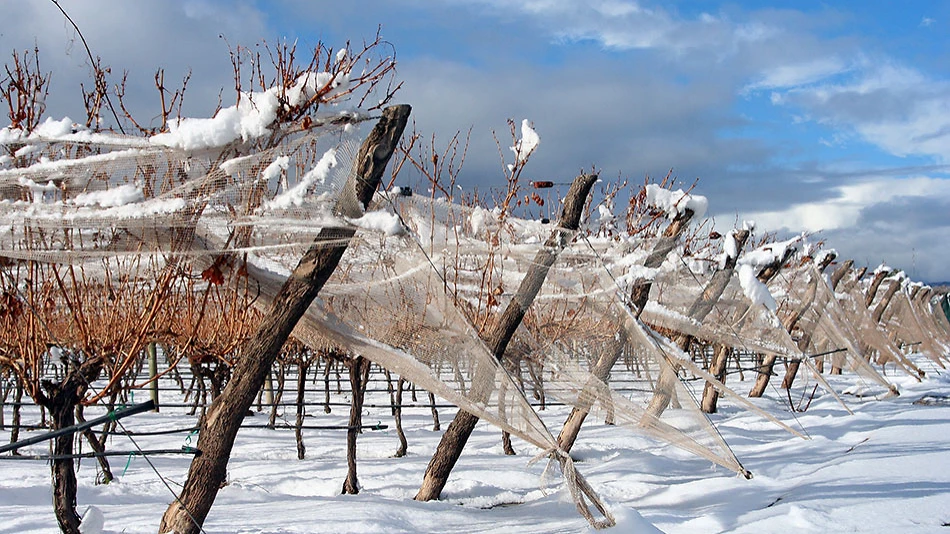Argentina
Where nostalgia tangoes with innovation
Snow-covered Andean peaks and salt lakes, deserts, rugged mountain villages, elegant colonial cities, vibrant metropolises, red canyons and green valleys – Argentinian has them all. And, of course, excellent wine. Argentina is named after the Latin word for silver, “Argentum,” because of the treasures expected to be found there. Among others, homesick colonialists and Catholic priests had a hand in cultivating these liquid treasures, and today there are approximately 220,000 hectares of vineyards.
White wines from Argentina
Red wines from Argentina
One nostalgic French botanist living in Argentina was particularly stricken with homesickness. To alleviate this, in 1868 he planted a vine which had come from Cahors, a small French town on the River Lot. The French vine enjoyed the warmer climate, and found a second home in Argentina under the name Malbec.
More than Malbec
Argentina provides more than just a great home for Malbec: Syrah, Chardonnay, Torrontes, Merlot, Cabernet and many other varieties also thrive. However, all vines must be able to cope at altitude. In Mendoza, the vineyard are an average of 900 meters above sea level. Many are found at well over 1,000 meters. The highest vineyards in the world are located in Salta, a province in the country's northwest, at a dizzying 3,000 meters above sea level.
Spanish colonizers successfully planted the first vines over 400 years ago. They quickly fanned out into the central, western and northeastern regions of the country. Catholic priests diligently planted vines near their monasteries.
Perfect habitat
Encouraged by the optimal soil and climate conditions of the Andean region, the Argentinian wine industry is experiencing rapid and extensive growth. Due to very low rainfall and severe drought in certain regions, artificial irrigation is often unavoidable; this occurs through a canal network built many centuries go by the indigenous population.
Newly-discovered wine scene
The early 1990s saw the beginning of a new era for the Argentine wine industry. Local and foreign investors discovered its wine scene and ensured that winemakers planted for future production of small amounts of top quality wine. The plan worked, and the Argentinian wine industry now thrives in the international market.











